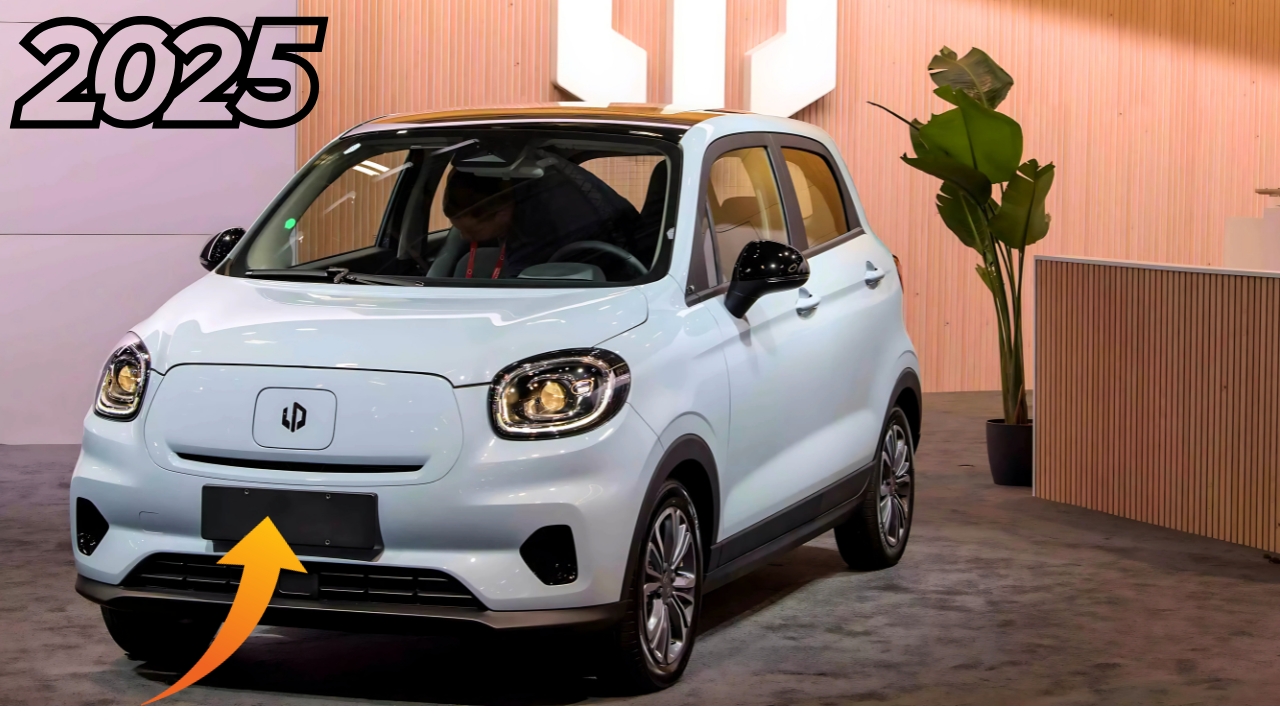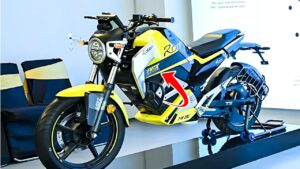While Indian consumers continue to wait for Tesla’s official entry, another major global player has made a bold move. Stellantis, one of the world’s biggest automobile manufacturers, has announced that it will soon launch Leapmotor electric cars in India.
This announcement has created a buzz in the EV industry because Leapmotor is known for affordable, high-tech electric cars in China, and Stellantis is ready to bring that technology to Indian roads. As Tesla keeps delaying its plans, Stellantis is stepping in to fill the gap—and may even win over the Indian EV market faster.
Let’s explore what Leapmotor is, why Stellantis has chosen India, and what you can expect from this new partnership.
Who Is Stellantis?
Stellantis is a multinational car manufacturing giant formed by the merger of Fiat Chrysler Automobiles and Groupe PSA. The group owns major automotive brands like:
- Jeep
- Peugeot
- Citroën
- Fiat
- Dodge
Stellantis has a global presence and is actively pushing into the electric mobility segment. Their recent investment in Leapmotor is part of their long-term EV expansion strategy.
What Is Leapmotor?
Leapmotor is a fast-growing Chinese electric vehicle company that focuses on making affordable, smart, and efficient EVs. While brands like Nio and Xpeng target the premium EV segment, Leapmotor has carved a name for itself by offering:
- Compact electric hatchbacks
- Mid-size EV sedans
- Budget-friendly pricing
- Strong in-house tech and batteries
One of its most popular cars, the Leapmotor T03, is often compared to the MG Comet or Tata Tiago EV in terms of size and price but offers better features in some areas.
The Stellantis–Leapmotor Deal
In 2023, Stellantis made headlines by investing over €1.5 billion to acquire a major stake in Leapmotor. With this partnership, Stellantis secured the exclusive rights to manufacture and sell Leapmotor EVs outside China, including India.
The strategy is clear:
- Use Leapmotor’s advanced electric platforms
- Combine it with Stellantis’s global manufacturing power
- Launch smart, affordable EVs in markets where Tesla is yet to enter
This deal allows Stellantis to launch ready-to-sell electric cars much faster than developing them from scratch.
Why Is Stellantis Launching Leapmotor in India?
India is currently the fastest-growing EV market in Asia after China. With rising fuel prices, government subsidies, and consumer awareness, electric vehicles are becoming mainstream.
Stellantis has identified India as a key market because:
- Tesla has not yet launched
- Government is offering FAME-II and state-level EV subsidies
- EV infrastructure is improving with more charging stations
- Demand for affordable EVs is increasing rapidly
By launching Leapmotor now, Stellantis aims to build early trust and market share, especially among budget-conscious Indian buyers.
Expected Launch Timeline
Although an exact date has not been confirmed, Stellantis officials have stated that Leapmotor electric cars will arrive in India in late 2025 or early 2026.
The initial launch will focus on:
- One or two compact EV models
- CKD (completely knocked down) units assembled locally
- Competitive pricing to undercut rivals like Tata and MG
Dealership networks, service centers, and after-sales support are also expected to be developed under Stellantis’s current operations in India.
What Cars Might Launch First?
Based on Leapmotor’s current lineup in China, here are the top contenders for the Indian market:
Leapmotor T03
- A small electric hatchback
- Claimed range of up to 280–300 km
- Compact size ideal for city driving
- Smart interior with touchscreen and connected features
- Expected price in India: ₹7–9 lakh (after subsidies)
Leapmotor C11 (Possibly Later)
- A mid-size electric SUV
- Premium interiors and tech
- Up to 500+ km claimed range
- Competes with Hyundai Kona EV and MG ZS EV
- Expected price: ₹20+ lakh
For now, Leapmotor is likely to start with entry-level models to attract mass-market buyers and scale up over time.
Leapmotor vs. Tesla: Who Will Win?
While Tesla continues to delay its India entry due to high import taxes and production cost concerns, Stellantis is taking action. Leapmotor EVs could offer 90% of Tesla’s tech at 50% of the price, especially for daily users who don’t need supercar-like performance.
Comparison snapshot:
| Feature | Leapmotor T03 | Tesla Model 3 (Est.) |
|---|---|---|
| Price (India est.) | ₹7–9 lakh | ₹40+ lakh |
| Range | 280–300 km | 400–500 km |
| Size | Compact city car | Mid-size sedan |
| Focus | Urban users | Premium segment |
| Import status | Local assembly | Fully imported (likely) |
This shows how Leapmotor can attract a wider base, especially in Tier 2 and Tier 3 cities.
Government Support Makes This Launch Easier
India’s EV policy is becoming more supportive every year. The FAME-II subsidy scheme, lower GST rates on EVs (5%), and road tax exemptions in many states make it easier for companies like Stellantis to offer aggressively priced electric vehicles.
Local production will also be encouraged under the Make in India initiative, which could reduce overall costs for Leapmotor cars.
Should You Wait for Leapmotor?
If you are planning to buy an electric car soon, the news of Leapmotor’s entry gives you a solid reason to wait a few more months. Here’s why:
- Affordable EV options under ₹10 lakh
- More advanced features than existing budget EVs
- Global quality backed by Stellantis
- Practical range for daily use
However, if your need is urgent, current options like Tata Tiago EV, MG Comet, or Citroen eC3 are still solid choices.
Final Thoughts
The Stellantis–Leapmotor partnership is a smart move that could change India’s EV landscape. At a time when Tesla is still figuring out how to enter, Stellantis has taken the lead by bringing proven electric technology at affordable prices.
The launch of Leapmotor EVs in India will increase competition, give more choices to consumers, and push local brands to innovate further. It’s a win-win for the Indian customer and a strong signal that the electric revolution is truly going mainstream.
If everything goes as planned, by the end of 2025, you could be driving a stylish, smart, and affordable electric car — even if it’s not a Tesla.
Disclaimer: All vehicle specifications, features, and pricing are based on the latest official statements. Final product details may vary at the time of launch.


